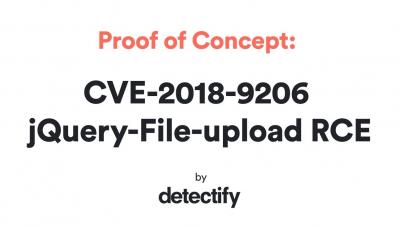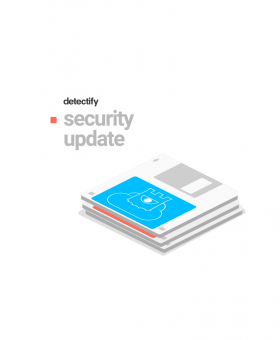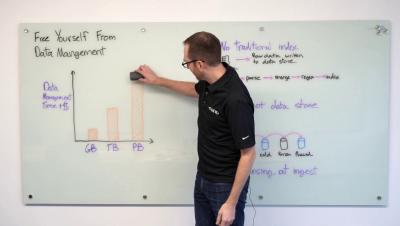Security | Threat Detection | Cyberattacks | DevSecOps | Compliance
%term
Detectify security updates for 13 December
For continuous coverage, we push out major Detectify security updates every two weeks, keeping our tool up-to-date with new findings, features and improvements sourced from our security researchers and Crowdsource ethical hacker community. Due to confidentially agreements, we cannot publicize all security update releases here but they are immediately added to our scanner and available to all users. This post highlights a few things that we have improved in the last two weeks.
Free Yourself From Data Management with Devo
Devo: Speed and Scale with No Compromises
Why You Need a Concrete Incident Response Plan (Not Strategy)
Recently, I had the privilege to be part of a four-person discussion panel at a security event in London where the topic was about incident response. The panel was hosted by another security professional, and over 50 professionals from the industry were present in the audience.
A HIPAA Compliance Checklist
Maintaining security and compliance with HIPAA, the Health Insurance Portability and Accountability Act, is growing ever more challenging. The networks that house protected health information (PHI or ePHI) are becoming larger and more complex — especially as organizations move data to the cloud. At the same time, security professionals are faced with an evolving threat landscape of increasingly sophisticated threat actors and methods of attack.
Why Every Construction Company Should Be Using Mobile Forms
If you’re unfamiliar with mobile forms they are digital forms that can be filled out on tablets and phones. These mobile forms, which can look identical to your existing paper construction documents, help teams work safer and more efficiently.
Who Would You Hire in Your SOC?
I got curious about what kind of people are most desired in a Security Operations Center (SOC). I wondered how accepting InfoSec blue teamers would be to having a team member with a great attitude and system administration or network management skills, versus someone with deep InfoSec knowledge and skills. So I did a poll on Twitter to learn more.
Artificial Intelligence and Cybersecurity: Attacking and Defending
Cybersecurity is a manpower constrained market – therefore, the opportunities for artificial intelligence (AI) automation are vast. Frequently, AI is used to make certain defensive aspects of cyber security more wide-reaching and effective. Combating spam and detecting malware are prime examples.
Security Orchestration Use Case: Importance of Vulnerability Management Automation
Vulnerability management is a proactive approach that mitigates or prevents the exploitation of IT vulnerabilities that may exist in corporate critical systems or network. This approach involves a number of steps that include identification, classification, remediation, and mitigation of numerous vulnerabilities. According to CVE Details Report, 15703 vulnerabilities have been identified in 2018, compared to 14714 in 2017.









